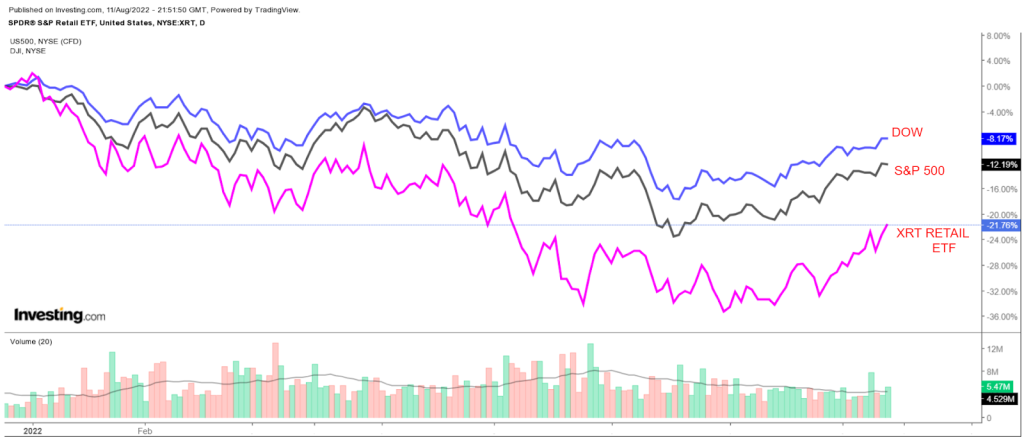RBC Capital Markets reports that small-cap stocks are showing promising results in the United States, despite not surpassing the S&P 500 and Nasdaq Composite yet this year. Their performance is considered impressive and exhibiting optimistic patterns.
According to data from FactSet reflecting trading levels on Monday afternoon, the Russell 2000 index, which tracks the stocks of small American companies, has shown a minor growth of around 2.8% in 2023. This is in contrast to the S&P 500, which has increased by 11.7%, and the Nasdaq Composite, which is focused on technology stocks and has skyrocketed by 26.8%.
Based on observations by Calvasina, who is in charge of U.S. equity strategy at RBC Capital Markets, Nasdaq valuations seem excessively expensive. However, the S&P 500 and Russell 2000 currently have lower valuations than recent high points, which is different from the time of the Tech bubble. In terms of stocks, RBC Capital Markets favors small-cap over large-cap. Calvasina says small-cap stocks are now starting to show improvement in terms of earnings per share (EPS) projections. She points out that the rate of upward EPS estimate revisions has gone up to 50% for the Russell 2000 index, with more than half of its sectors showing positive revisions both in terms of EPS and revenues.

RBC has pinpointed some sections of the small-cap stock market that are experiencing favorable adjustments in both revenue and EPS. These specific areas consist of utilities, consumer goods, healthcare, industrial manufacturing, communications services, information technology, and TIMT, which is a shorthand for the technology, internet, media, and telecommunications sectors.
As mentioned in the written message, smaller market capitalization stocks usually hit their minimum value before their estimated earnings per share projections start to rise again, which generally takes about three to six months.
Calvasina mentioned that the Russell 2000 has been facing difficulties in decreasing in comparison to the S&P 500. At present, the ratio between the two indexes is just a little higher than their minimum point in March 2020.
As per the information provided by FactSet, the S&P 500, a gauge of the performance of big U.S. stocks, is on the verge of coming out of a period of falling prices as it is presently trading at approximately 4,287 on Monday afternoon. According to Dow Jones Market Data, the index will only be considered to have left the phase of declining prices once its trading level crosses or equals 4,292.438.
In the afternoon of Monday, the stock market in the United States displayed diverse outcomes based on the figures provided by FactSet. The data indicated that S&P 500 went up by 0.1%, the Dow Jones Industrial Average fell by 0.3%, whereas Nasdaq experienced a boost of 0.2%.
Dow Jones Market Data reported that the Russell 2000, which includes small market capitalization stocks, experienced a significant 3.6% increase on Friday, marking its largest daily percentage gain since November 10th. However, during Monday afternoon trading, the Russell 2000’s value decreased by 1.1%.




